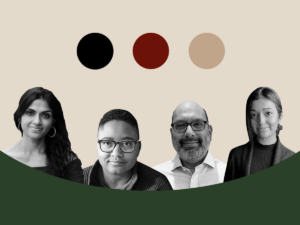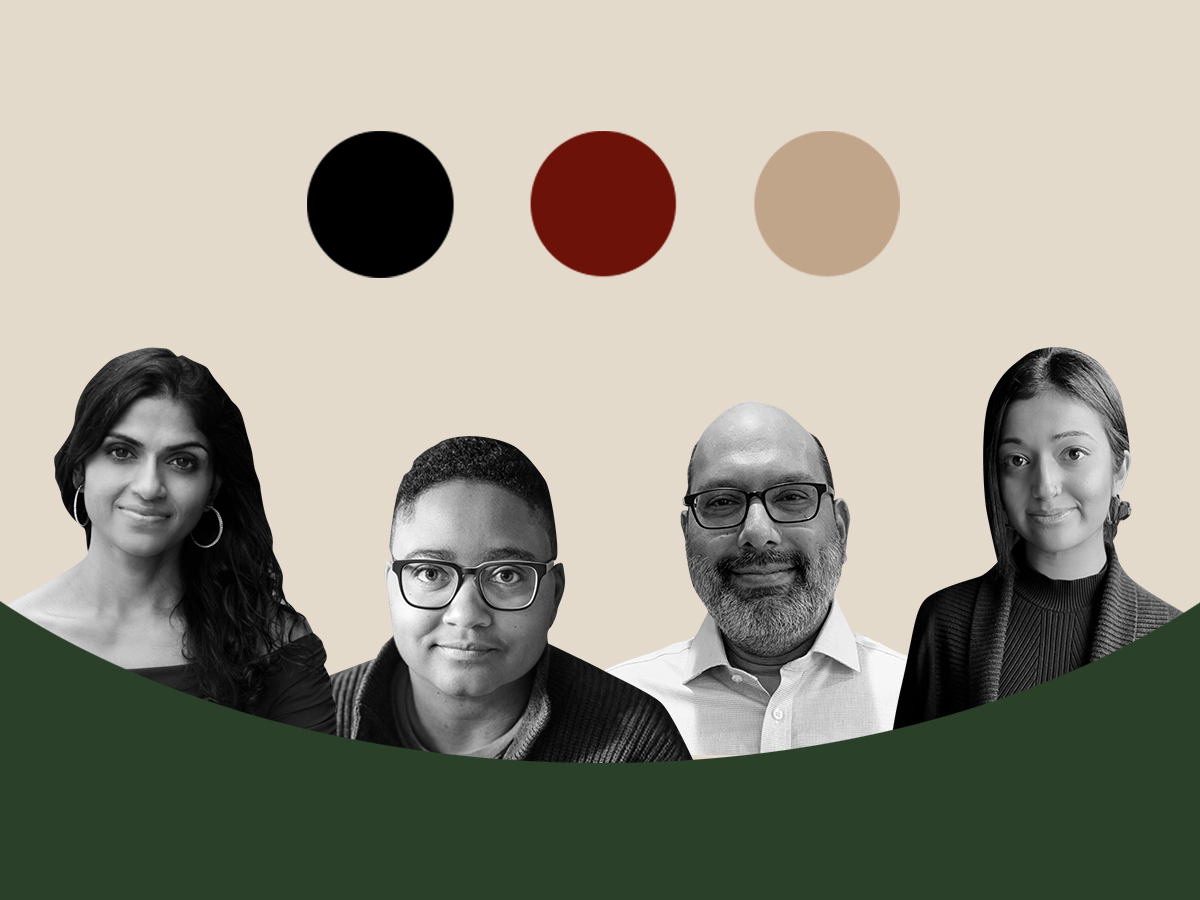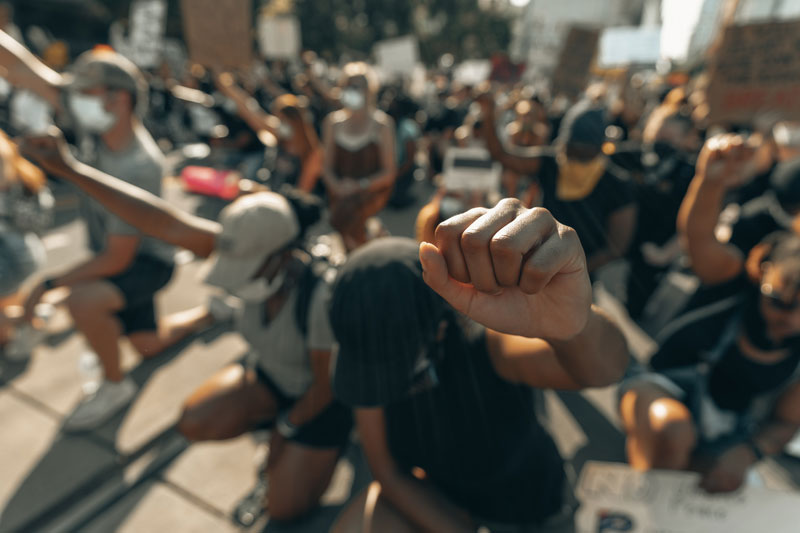July 6, 2016; Vox
Research recently released from the Pew Research Center showed that Asian Americans as a group now top the wage earners’ class in the U.S. The Pew study, as covered by Vox, shows Asian men make 117 percent of white men’s wages. Asian women apparently not only out-earn white women, but they have also closed the wage gap with white men at a faster rate. Still, in spite of these gains, these findings also underscore the persistent myth of the “model minority.”
Asian Americans have long been considered the minority most likely to succeed. In academics, they outperform all other racial groups. The Economist reported last year that 49 percent of Asian Americans hold a bachelor’s degree, compared with 28 percent of the general population. Asian Americans make up only 5.6 percent of the population of the United States, but according to the Department of Education, they make up more than 30 percent of new American math and physics Olympiad teams and Presidential Scholars and between 25 and 30 percent of National Merit Scholars.
The Pew Research Center also reports that Asian Americans have higher incomes on average than anyone else in the United States.
Median household wealth for Asian Americans—the sum of assets minus debts—was $83,500 in 2010 for Asian Americans in 2010. That is higher than the median net worth for all U.S. households ($68,529). Compared with other racial or ethnic groups, Asian Americans had lower median household wealth than non-Hispanic whites ($112,000), but Asian-American wealth was notably higher than that of other American minorities, with Hispanics averaging $7,800 in wealth and blacks averaging $5,730.
Despite these successes, Asian Americans still grapple with the sentiment that they still face the realities of discrimination in the workplace while remaining the minority most likely to succeed. Take the tech industry: National Journal reported on a 2015 study conducted by Ascend, a nonprofit organization for Asian-American business professionals, called “Hidden in Plain Sight: Asian American Leaders in Silicon Valley.” Ascend found that among five of the larger tech companies (Google, HP, Intel, LinkedIn, and Yahoo), Asian Americans made up 27 percent of the professional workforce in Silicon Valley but less than 14 percent of executive positions. The Journal said the study “pegged a lack of awareness by employers, a need to change the behaviors of potential hires, and an overall lack of role models to provide guidance on this issue.”
This aspect is also called the “bamboo ceiling,” a term coined by Jane Hyun in her book focusing on Asians in the workplace, Breaking the Bamboo Ceiling: Career Strategies for Asians. As described by a senior writer at Fortune magazine, the “bamboo ceiling” refers to the processes and barriers that exclude Asians and American people of Asian descent from executive positions on the basis of subjective factors such as “lack of leadership potential” and “lack of communication skills” that cannot be explained by job performance or qualifications. The bamboo ceiling exists across the board for both men and women of Asian descent: A study from Catalyst found that among S&P 500 companies, only 4.4 percent of manager-and-above levels were held by female employees of Asian descent.
Sign up for our free newsletters
Subscribe to NPQ's newsletters to have our top stories delivered directly to your inbox.
By signing up, you agree to our privacy policy and terms of use, and to receive messages from NPQ and our partners.
So, what can be done to help crash the Bamboo ceiling? Part of the disconnect may be a cultural divide. The Center for Work Life Policy (CWLP) released a study that said that about one-quarter of the Asian people surveyed stated that they believe that race discrimination is holding them back at work, while only four percent of Caucasians saw any evidence of bias against Asian people.
Forty-eight percent of respondents to the CWLP survey said the biggest hurdle Asian Americans face is “conformity to prevailing leadership models.” Michael Hyter, author of a new book called The Power of Choice, agrees, telling Fortune magazine:
Americans are taught to show leadership potential by being gregarious, outgoing, outspoken, and confident, but the Asian ideal is to work very hard, be humble and deferential, and blend in with the group. Expressing opinions or proposing changes is often seen [in Asia] as disrespectful.
Hyun concurs, telling Fortune that some Asian cultures encourage an ethic that rewards hard work without seeking public recognition.
But hard work alone isn’t enough. Asian cultures have sayings like “The loudest duck gets shot.” This is totally opposite from, and incompatible with, Western notions like “The squeaky wheel gets the grease.”
The bamboo ceiling must be broken from both sides. Hyter notes that technical skills are easiest to find and measure, so “they tend to be how we evaluate our own performance. But, although no one talks about it, promotions are 85 percent based on other skills, like the ability to influence others and form strategic relationships.” He goes on to say, “It’s important to take a close look at who is getting promoted at your company and analyze what they’re doing, besides working hard. You need to understand how your company defines leadership qualities.” Decision makers at corporations will also have to go beyond cultural differences and become aware of their own stereotypes, just as they have with other minority groups.—Alexis Buchanan












